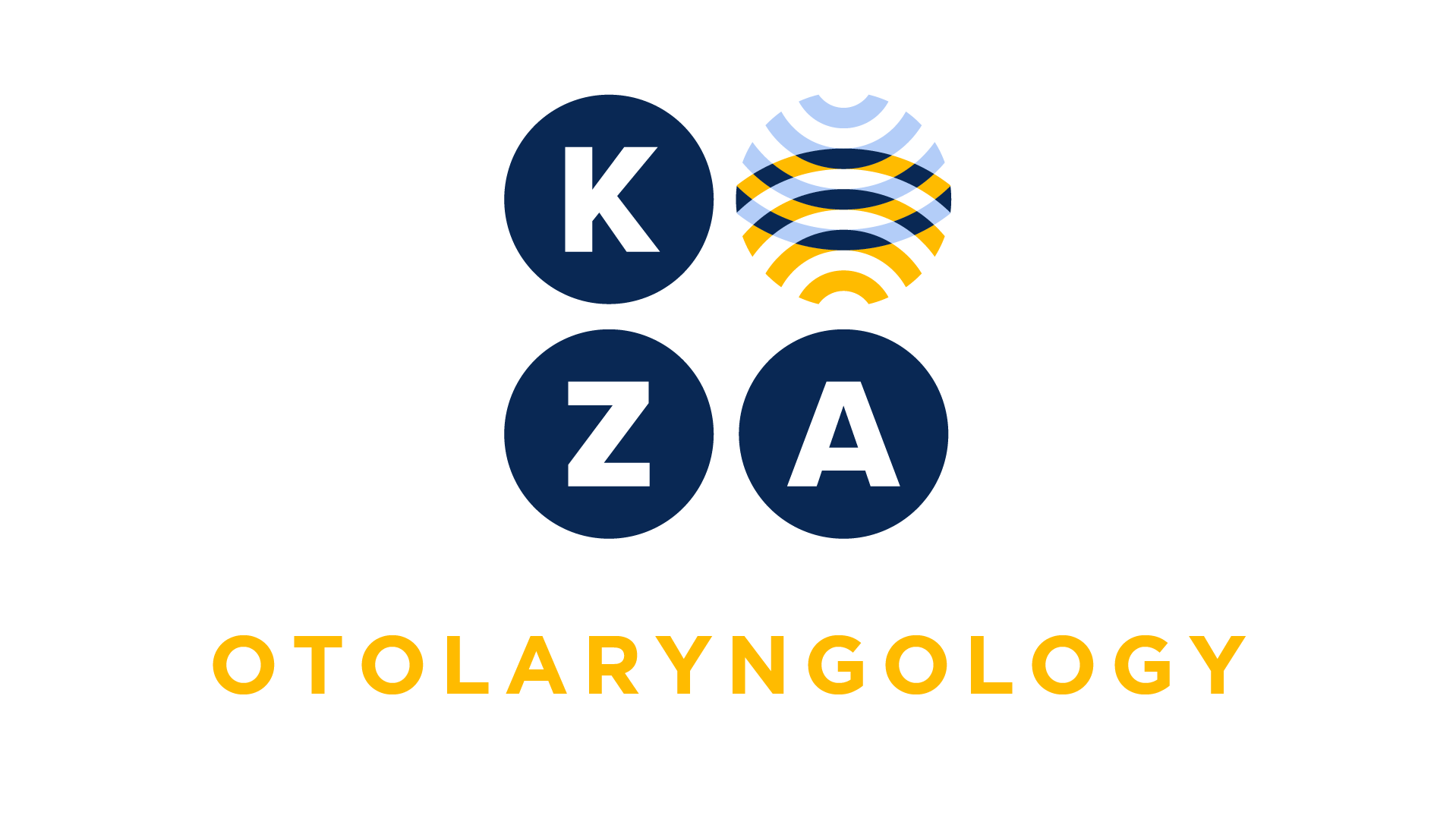
Choose your specialty from the list below to see how our experts have tackled a wide range of client questions.
Looking for something specific? Utilize our search feature by typing in a key word!
Surgery
Question:
What is the difference between CPT code 31267 vs 31256?
Answer:
CPT code 31267 (nasal/sinus endoscopy, surgical, with the removal of tissue from maxillary sinus) instead of code 31256 (nasal/sinus endoscopy, surgical, with maxillary antrostomy). For coders to report code 31267, the physician must remove ‘tissue’ (e.g., polyps, fungus ball, mucocele) within the maxillary sinus. The physician must remove the tissue from within the maxillary sinus and not around the opening (i.e., ostium), of the maxillary sinus.
*This response is based on the best information available as of 2/1/24.
Time Reporting for E/M Levels
Is it best practice to bill 99202-99215 based on time only?
Question:
Is it best practice to bill 99202-99215 based on time only?
Answer:
CPT Codes 99202 to 99215, history and physical examination will no longer be a key factor in determining your level of coding. Instead, coding will be dependent on:
- Levels of medical decision making applied during the service OR
- Total time spent on the visit.
Providers can choose which component they would like to use as long as the documentation supports the code applied.
Reporting time is an option when selecting the level of Evaluation and Management servicewhether or notcounseling or coordination of care dominates the service. Time is calculated as the total time spent personally by the provider and/or QHP on the date of the encounter this includes both face-to-face and non-face-to-face time.
| CPT Code | Total Time |
| 99202 | 15-29 mins |
| 99203 | 30-44 mins |
| 99204 | 45-59 mins |
| 99205 | 60-74 mins |
| 99211 | 0-9 mins |
| 99212 | 10-19 mins |
| 99213 | 20-29 mins |
| 99214 | 30-39 mins |
| 99215 | 40-54 mins |
*This response is based on the best information available as of 12/28/23.
Time
Our physician is coding by time; he thinks this is the best for him. Frequently with a new patient he will also do an injection. He documents his total time for the day but does not document the amount of time performing a minor procedure (billable). There is no documentation of the time spent preparing for or performing the minor procedure. May we still report a service based on time?
Question:
Our physician is coding by time; he thinks this is the best for him. Frequently with a new patient he will also do an injection. He documents his total time for the day but does not document the amount of time performing a minor procedure (billable). There is no documentation of the time spent preparing for or performing the minor procedure. May we still report a service based on time?
Answer:
CPT states “Time” may be selected based on the total amount of time spent on the date of encounter, excluding time spent for services that are defined by a separately reportable CPT code. This means that the total time must exclude the amount of time spent related to the minor procedure. If not documented, KZA recommends asking the physician to amend the note if possible (attesting that the time is accurate to the best of their knowledge) or reporting the service based on MDM.
*This response is based on the best information available as of 12/14/23.
Date of Service
We are in an academic setting. Our residents will see a patient, for example, at 11 pm on Tuesday. Wednesday morning, our attending physician evaluates the patient, documents his/her findings, documents the required attestation, and enters an E&M into the EHR. The date of service is the date the encounter was created by the resident on Tuesday. Do you bill the E&M with the Tuesday date of service or the Wednesday date when the attending physician saw the patient?
Question:
We are in an academic setting. Our residents will see a patient, for example, at 11 pm on Tuesday. Wednesday morning, our attending physician evaluates the patient, documents his/her findings, documents the required attestation, and enters an E&M into the EHR. The date of service is the date the encounter was created by the resident on Tuesday. Do you bill the E&M with the Tuesday date of service or the Wednesday date when the attending physician saw the patient?
Answer:
The correct date of service is the actual date of service when the attending physician saw the patient. In this case, it will be Wednesday even if the attending physician links the note to the resident note from the previous date.
*This response is based on the best information available as of 11/30/23.
Diagnosis Coding Excludes 1 Codes
Our physicians list their diagnosis codes in the Assessment section of their notes. They link the diagnosis codes to the charges in our EHR. We receive a claims submission edit stating the two diagnosis codes may not be reported together. We review the rules and find the codes have an “Excludes 1” relationship. Our question is, should we remove the diagnosis code that is listed as the “Excludes 1” from the Assessment section of the note when correcting the claim based on the guidelines.
Question:
Our physicians list their diagnosis codes in the Assessment section of their notes. They link the diagnosis codes to the charges in our EHR. We receive a claims submission edit stating the two diagnosis codes may not be reported together. We review the rules and find the codes have an “Excludes 1” relationship. Our question is, should we remove the diagnosis code that is listed as the “Excludes 1” from the Assessment section of the note when correcting the claim based on the guidelines.
Answer:
No. Great news to hear you are reviewing your claims edit reports timely. The “Excludes 1” is an ICD-10 coding guideline or a coding rule. Think of this like an NCCI edit; when CMS has an edit between 2 CPT codes, we do not change the documentation in the operative note, for example, we report the most comprehensive of the 2 CPT codes. The “Excludes 1” guideline is a similar concept—we do not change the documentation; we report the most comprehensive diagnosis code.
*This response is based on the best information available as of 11/16/23.
Secondary Payor Doesn’t Recognize Consultations
We have a patient with 2 commercial payers (BCBS and Cigna). A consultation code was submitted to BCBS, and they paid according to our contract. However, Cigna is refusing to process the claim since they no longer pay for consult codes. Am I allowed to change the CPT code and rebill Cigna? Or would I need to change the CPT, refile to the primary as a corrected claim, then send the balance on to Cigna?
Question:
We have a patient with 2 commercial payers (BCBS and Cigna). A consultation code was submitted to BCBS, and they paid according to our contract. However, Cigna is refusing to process the claim since they no longer pay for consult codes. Am I allowed to change the CPT code and rebill Cigna? Or would I need to change the CPT, refile to the primary as a corrected claim, then send the balance on to Cigna?
Answer:
We suggest calling CIGNA and ask how they want this handled according to their policies. WithMedicareyou have two options: (1) bill the appropriate category and level of service documented (e.g., for outpatient consults [99202-99215] or inpatient consults [99221-99223]) or (2) bill the consultation code, which will result in a denial of payment from Medicare and appeal on paper explaining the situation.
*This response is based on the best information available as of 11/2/23.


